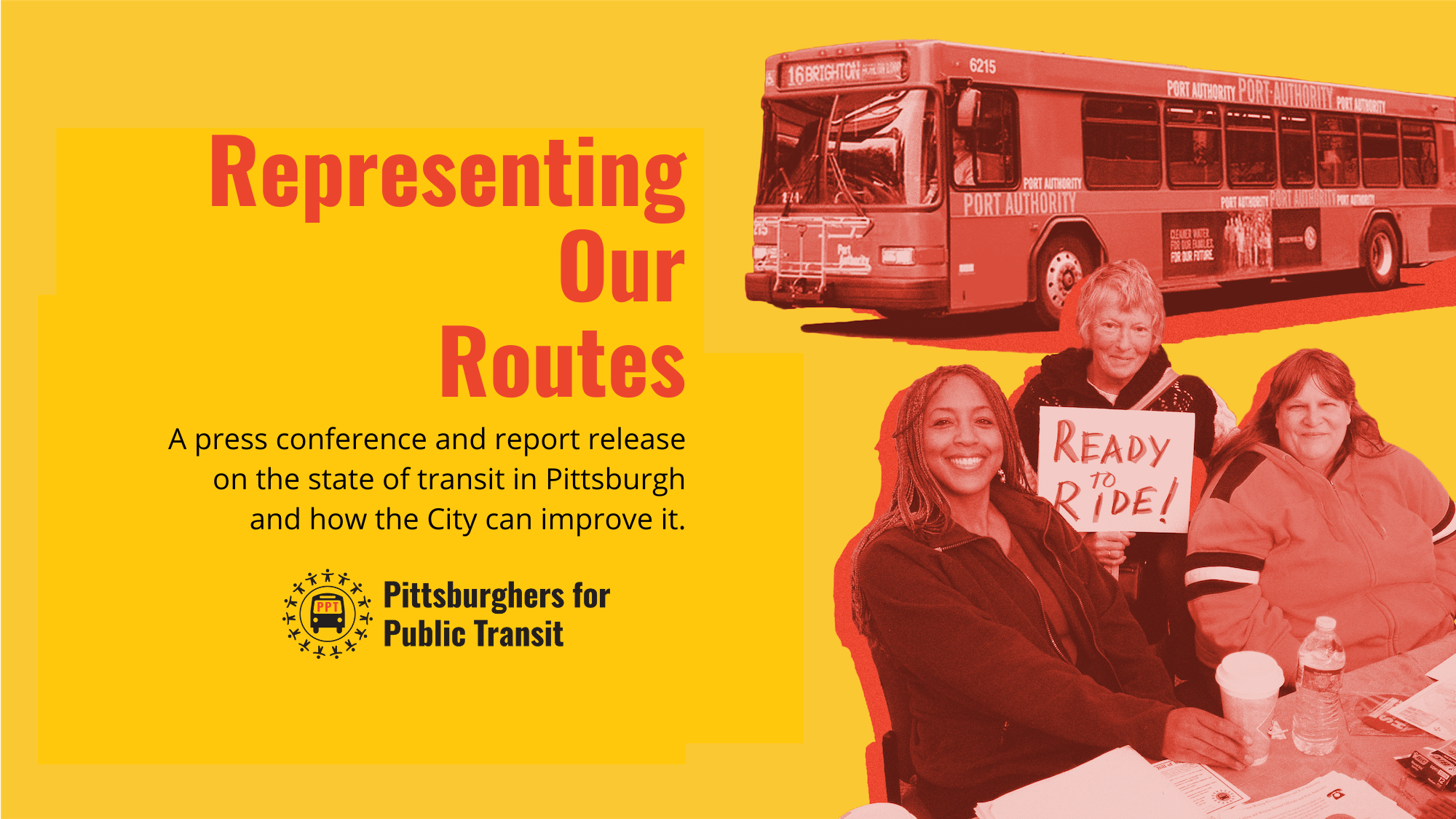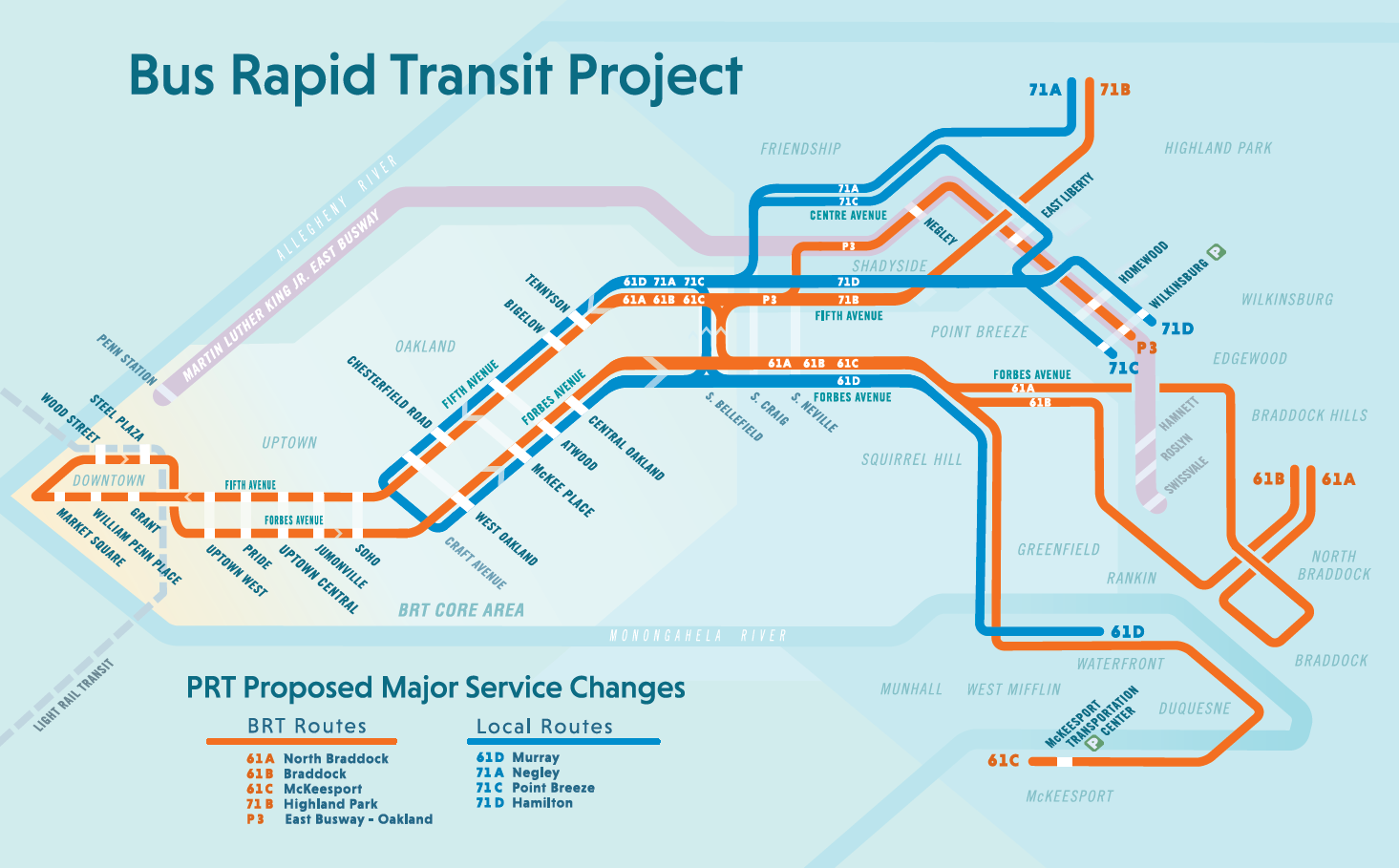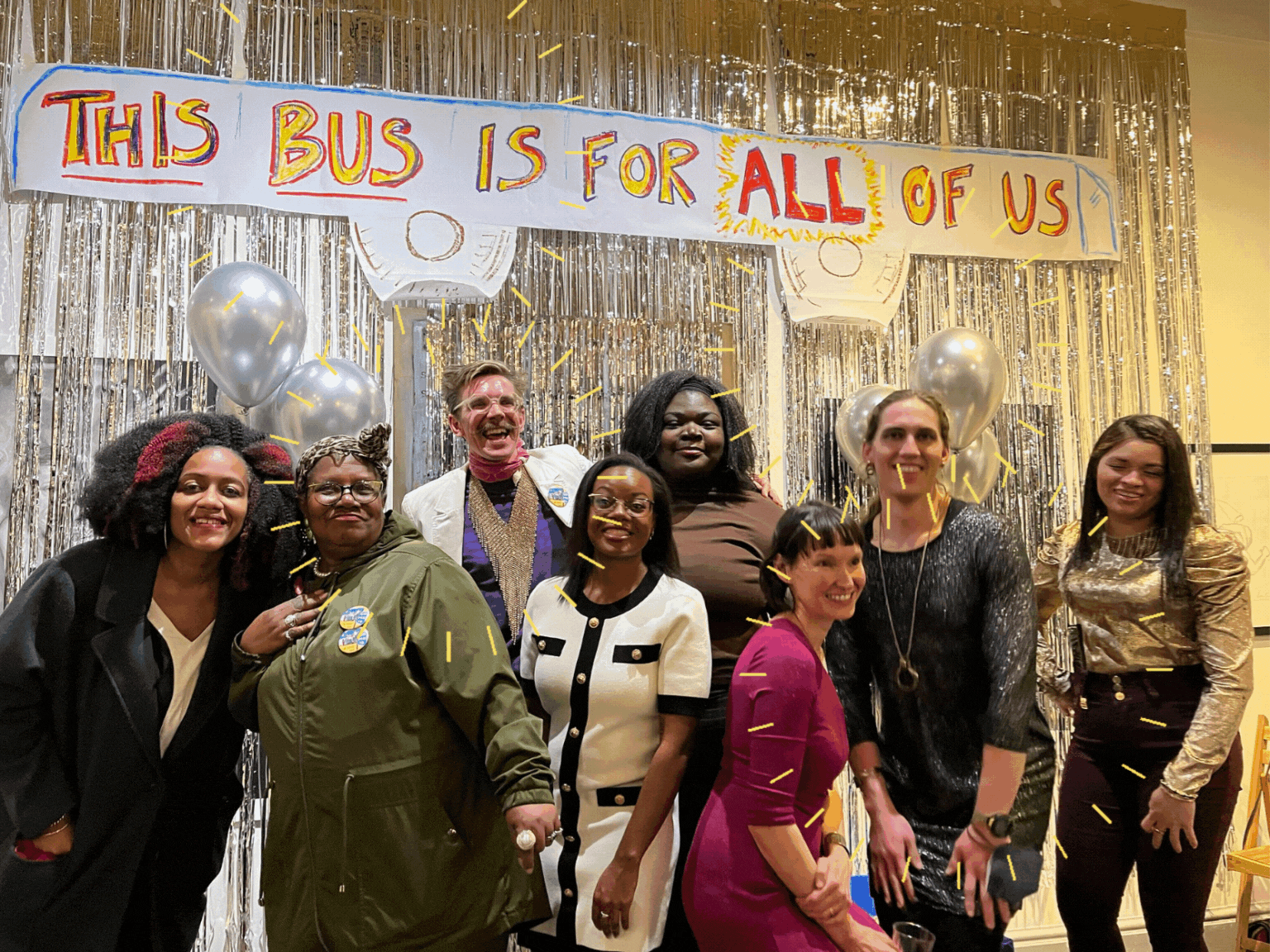 image description: photo of a group of riders getting off a bus downtown. The person in the center of the photo is wearing a purple t-shirt and a backpack and they are pulling down their mask. Reducing Timepoints on Route Schedules Does Not Increase Schedule...
image description: photo of a group of riders getting off a bus downtown. The person in the center of the photo is wearing a purple t-shirt and a backpack and they are pulling down their mask. Reducing Timepoints on Route Schedules Does Not Increase Schedule...
 image description: right side of graphic has an image of a red bus, and riders holding a sign that reads, “Ready to Ride!”. Left side of the graphic has text that reads “Representing Our Routes: A press conference and report release on the state of...
image description: right side of graphic has an image of a red bus, and riders holding a sign that reads, “Ready to Ride!”. Left side of the graphic has text that reads “Representing Our Routes: A press conference and report release on the state of...
 Big service changes proposed for buses that go through Oakland, Uptown, and Downtown – Give your feedback today! The changes that are being proposed as part of PRT’s new Bus Rapid Transit service plan will have major impacts on the 61D, 71A, 71C, 71D, P3. What...
Big service changes proposed for buses that go through Oakland, Uptown, and Downtown – Give your feedback today! The changes that are being proposed as part of PRT’s new Bus Rapid Transit service plan will have major impacts on the 61D, 71A, 71C, 71D, P3. What...
 video created by PPT Board Member Dean Mougianis A new video from PPT Board Member Dean Mougianis gives a look back at our organization’s history of winning campaigns. 2012 – PPT helped to win a more stable funding stream from our state 2013-2014 –...
video created by PPT Board Member Dean Mougianis A new video from PPT Board Member Dean Mougianis gives a look back at our organization’s history of winning campaigns. 2012 – PPT helped to win a more stable funding stream from our state 2013-2014 –...
 Image Description: PPT Members post at the photo booth. Everyone is smiling and wearing wonderful outfits, bright colors and fun, shiny clothing. The photo booth backdrop is silver streamers, silver ballons and a handmade sign that reads: “THIS BUS IS FOR ALL OF...
Image Description: PPT Members post at the photo booth. Everyone is smiling and wearing wonderful outfits, bright colors and fun, shiny clothing. The photo booth backdrop is silver streamers, silver ballons and a handmade sign that reads: “THIS BUS IS FOR ALL OF...





